Baths of Caracalla
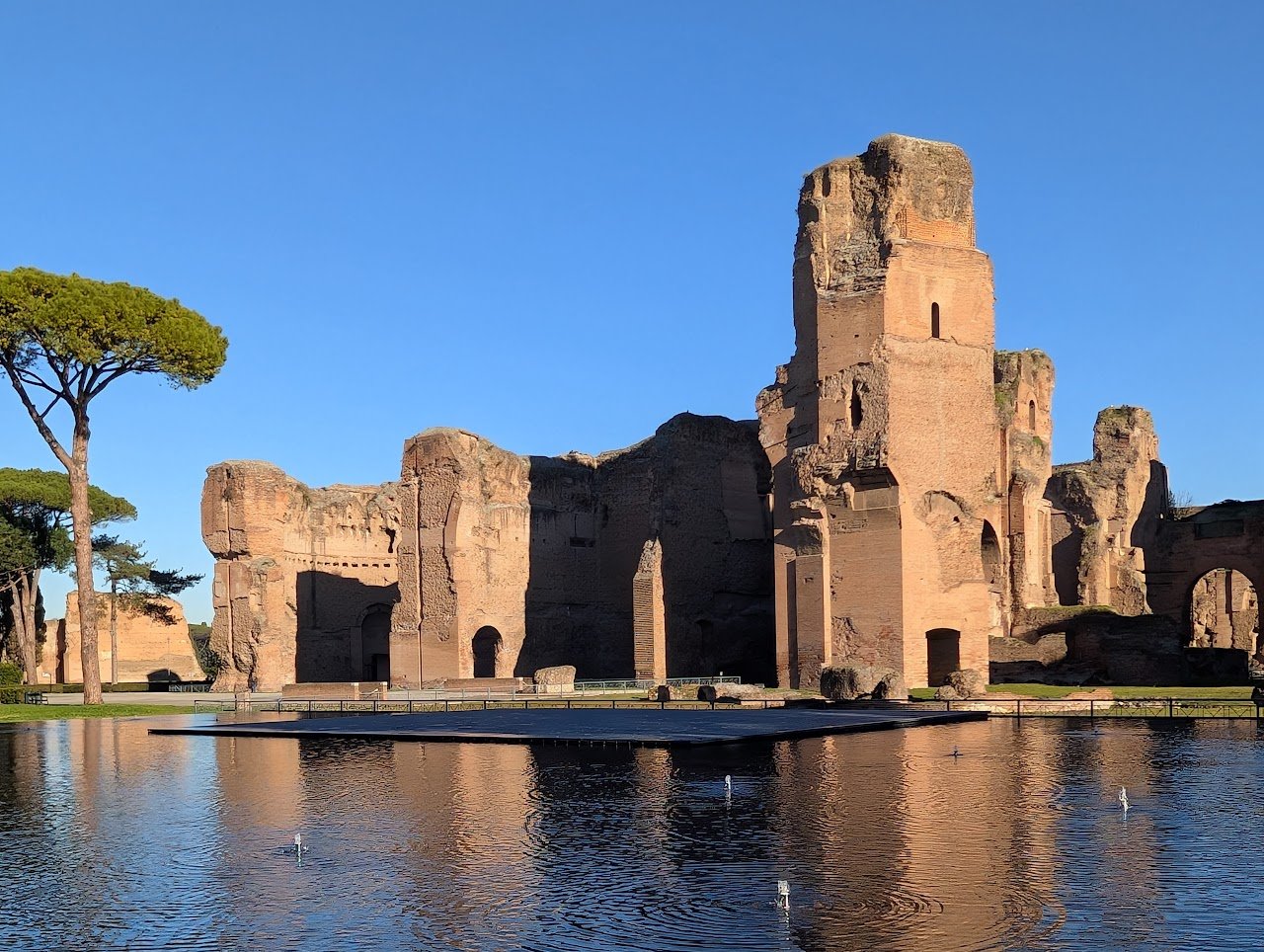
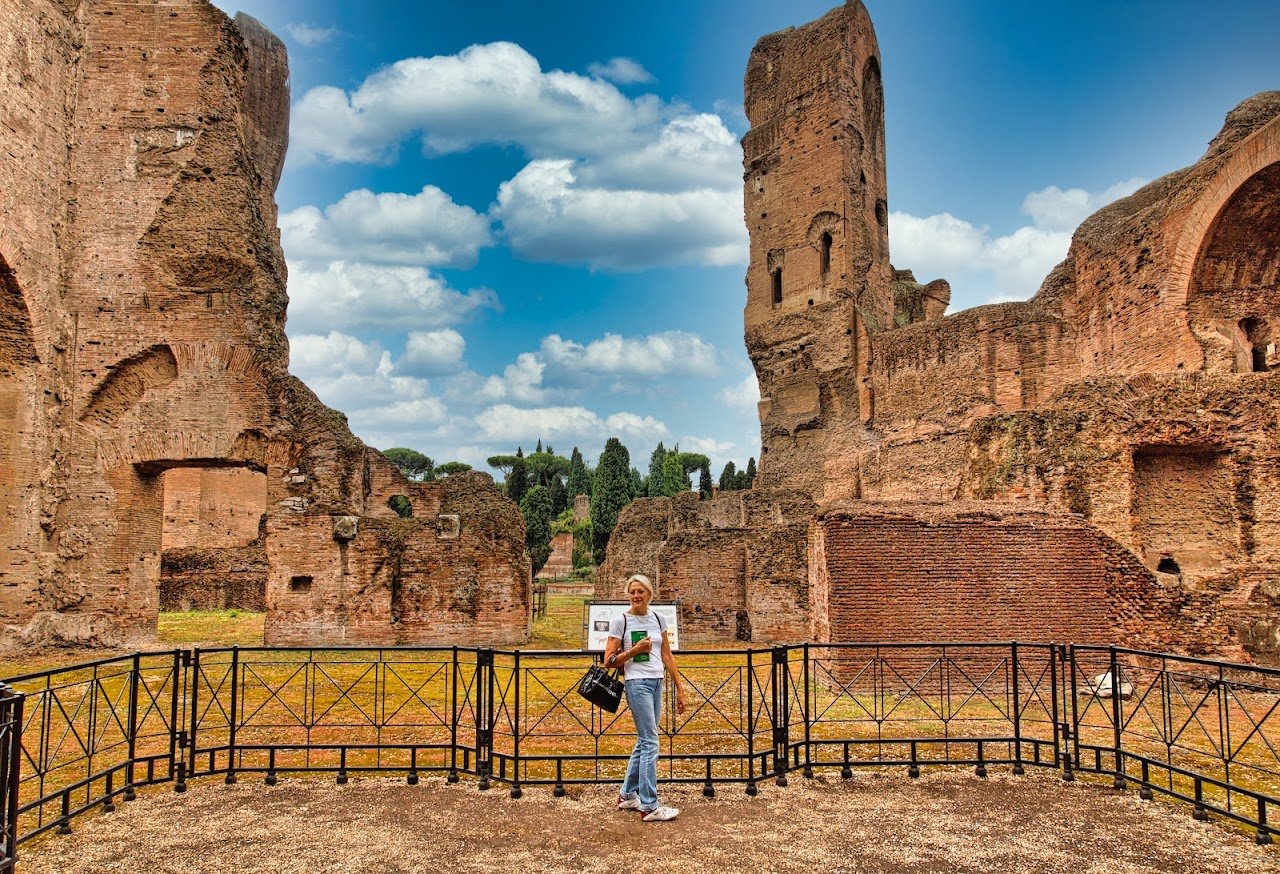
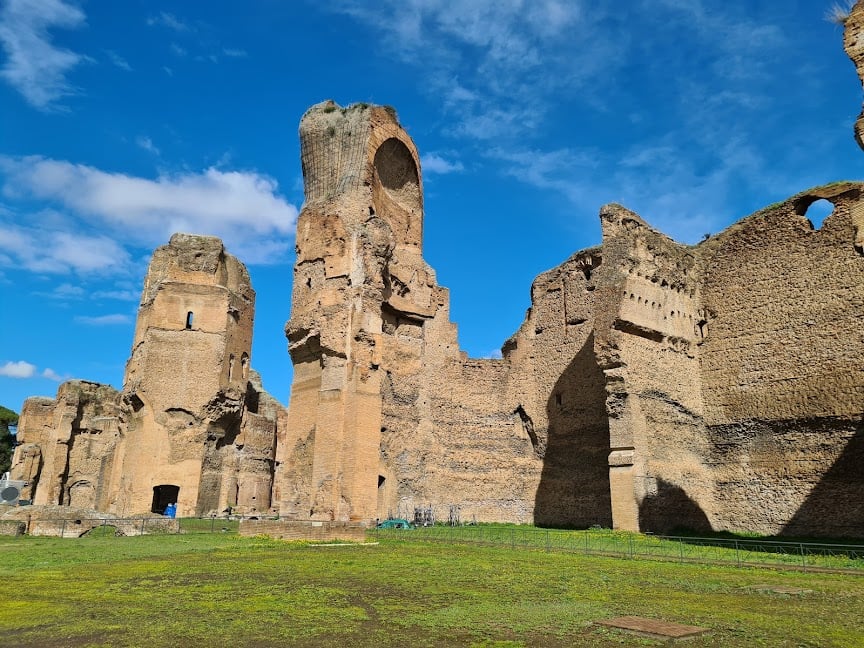
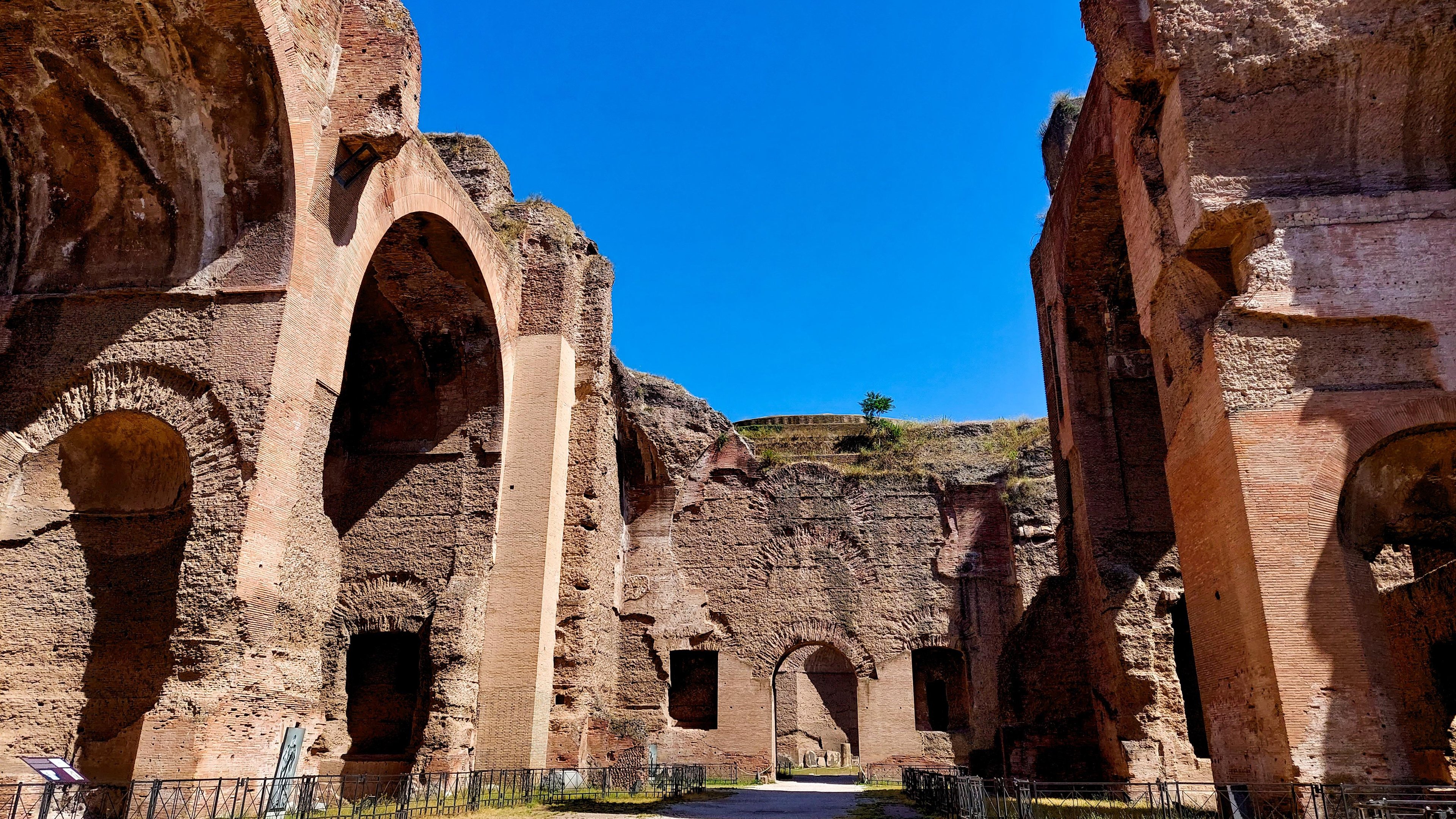
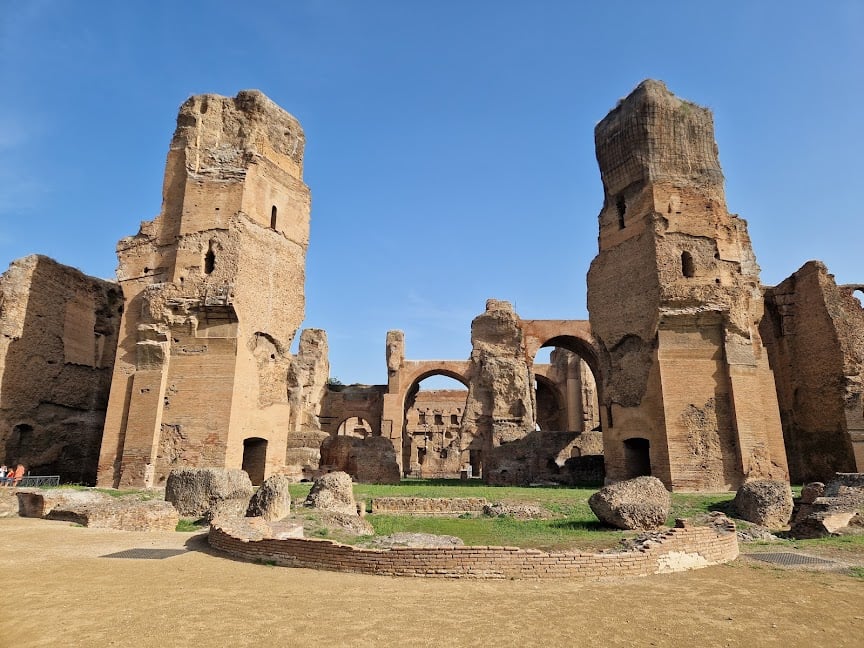
Ask ThatchGPT
Suggest a local expert to plan my trip
Suggest an unique itinerary for my Italy trip
What foods do Italy locals eat
What are some true hidden gems in Italy
Help me brainstorm trip ideas for Italy
Help me plan a family-friendly trip to Italy
What people say
Monica Mikhail
"The Baths of Caracalla are one of the largest and most impressive ancient Roman bath complexes in Rome, Italy. They were built between 212 and 217 AD during the reign of the Roman Emperor Caracalla, and were in use for over 300 years. The Baths of Caracalla were designed to be a grand public bathing complex, and were used not just for bathing, but also for socializing, exercising, and even attending concerts and plays. The complex covered over 33 acres and included several buildings and outdoor spaces, including a large central bathhouse, a natatio (outdoor swimming pool), and a palaestra (exercise yard). The baths were adorned with impressive works of art and decorations, including intricate mosaics, frescoes, and sculptures. Many of these works of art have been preserved and can still be seen today. Despite being in ruins for centuries, the Baths of Caracalla are still a popular tourist attraction in Rome. Visitors can explore the extensive ruins, including the remains of the central bathhouse, the natatio, and the palaestra. They can also see many of the impressive works of art and decorations that have survived, such as the famous Farnese Bull sculpture. In addition to their historical and cultural significance, the Baths of Caracalla are also an impressive feat of ancient engineering, showcasing the sophisticated water systems and heating technologies that the ancient Romans were capable of."
Read more in:
Pedro Pereira
Available for hire
"The Terme di Caracalla, also known as the Baths of Caracalla, were once a magnificent complex of public baths in ancient Rome. Construction began in the early 3rd century AD and upon completion, it became the second largest bath complex in Rome. These colossal baths were not just places for washing, but rather vast social centers where Romans from all walks of life could gather to bathe, exercise, socialize, and enjoy leisure activities.
The Terme di Caracalla boasted impressive engineering feats. Heated floors used a sophisticated hypocaust system that circulated hot air beneath the building. Separate pools offered cool, warm, and hot water for bathers. Spacious courtyards provided areas for exercise and leisure, while libraries and gardens further enhanced the experience. The complex could accommodate up to 1,600 bathers at a time and potentially welcomed as many as 8,000 people throughout the day.
Unfortunately, the baths fell into decline after the fall of the Western Roman Empire in the 5th century AD. Over time, the once grand structures were scavenged for materials and ravaged by neglect. Today, the Terme di Caracalla stand as impressive ruins, a testament to the engineering ingenuity and social life of ancient Rome. The sprawling archaeological site offers visitors a glimpse into the grandeur of this public bathing complex and a fascinating piece of Roman history."
Read more in:
Ludovica Caracciolo
"The Terme di Caracalla, or Baths of Caracalla, were ancient public baths constructed in the early 3rd century AD during the reign of Emperor Caracalla. These immense baths could accommodate up to 1,600 bathers at a time and featured hot and cold pools, gymnasiums, and a library. Although now in ruins, the site remains an impressive testament to Roman engineering and architecture. Visitors can explore the vast complex and imagine the grandeur of public bathing and socializing during ancient times.
-
Opening hours
The baths are open to the public daily from 9 AM. However, the closing hours depend upon the season and are listed here:
4:30 PM - From the last Sunday of October to 15 February
5:00 PM - From 16 February to 15 March
5:30 PM - From March 16th to the last Saturday of March
7:15 PM - From the last Sunday of March to 31 August
7:00 PM - From 1 September to 30 September
6:30 PM - From 1 October to the last Saturday of October
For night visits: 8 PM - From late August to late September
Last Admission: One hour before closing time.
Closed: December 25 and January 1
-
Ticket price is around 10€"
Read more in:
Mentioned in these guides
About Baths of Caracalla
Get the inside scoop on Baths of Caracalla from local experts, travel creators, and tastemakers. Browse genuine trip notes, Baths of Caracalla reviews, photos, travel guides, and itineraries from real travelers and plan your trip with confidence.
Phone
Save this spot for later or start mapping out a new trip today
Try our AI Travel Assistant and get instant answers to any questions about your trip.
Ask ThatchGPT


